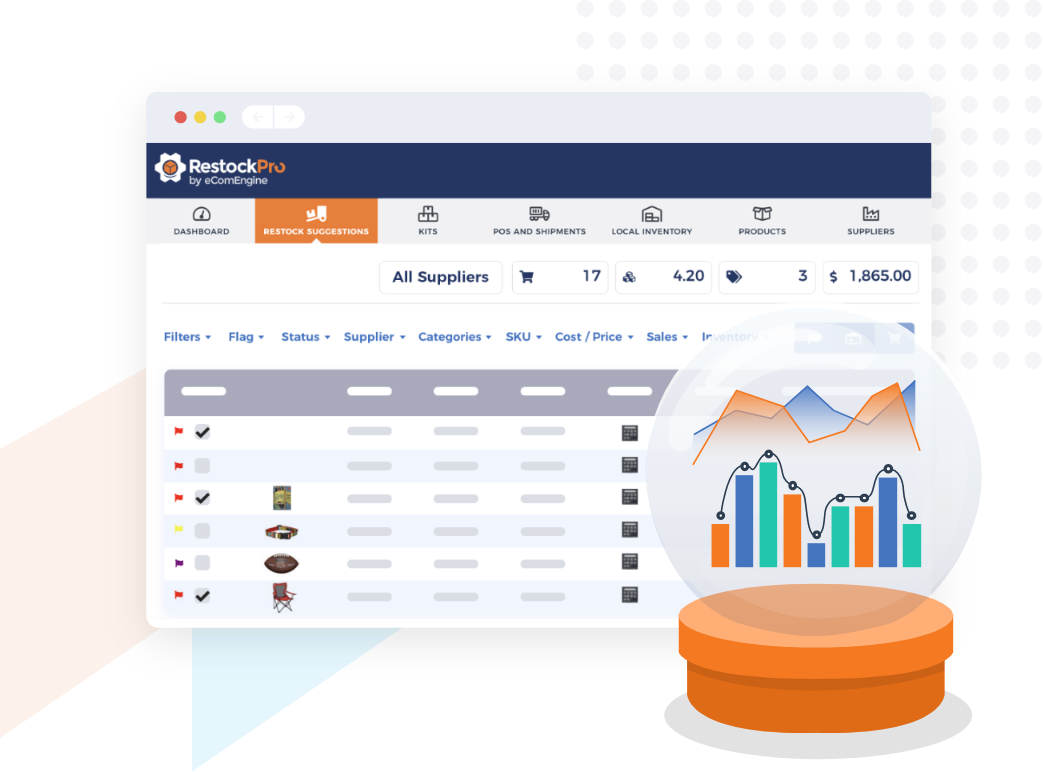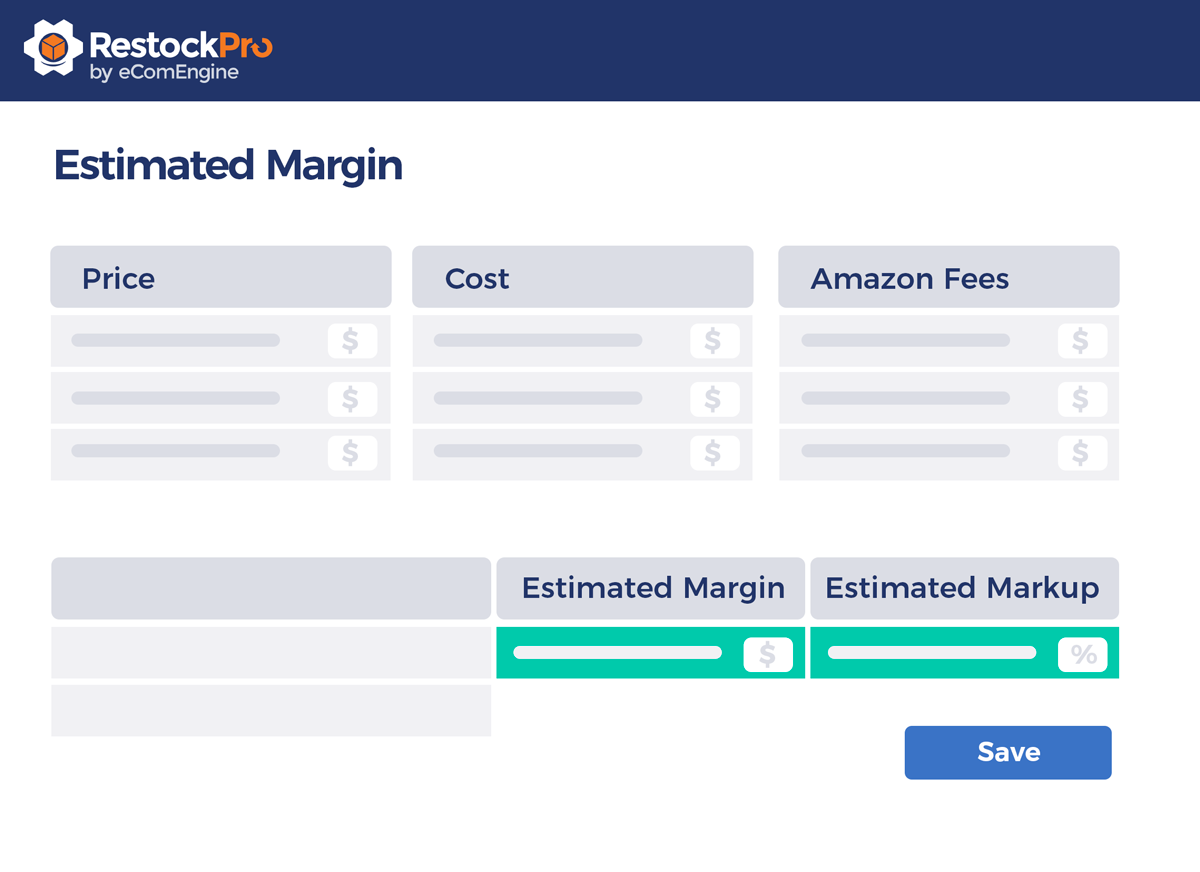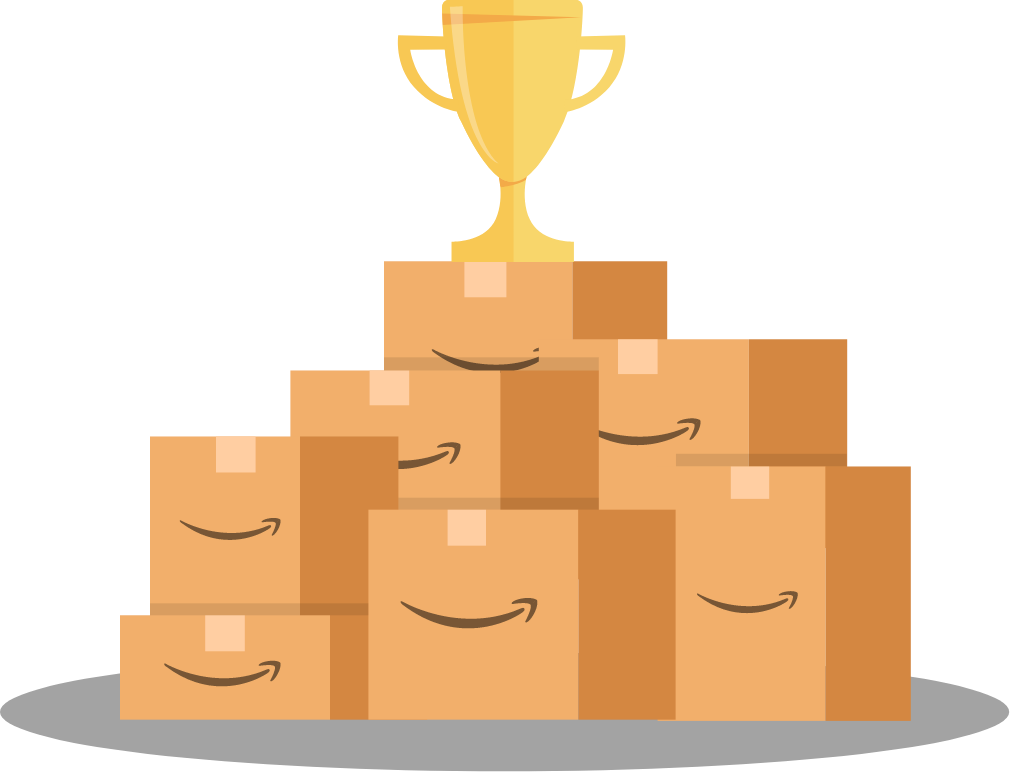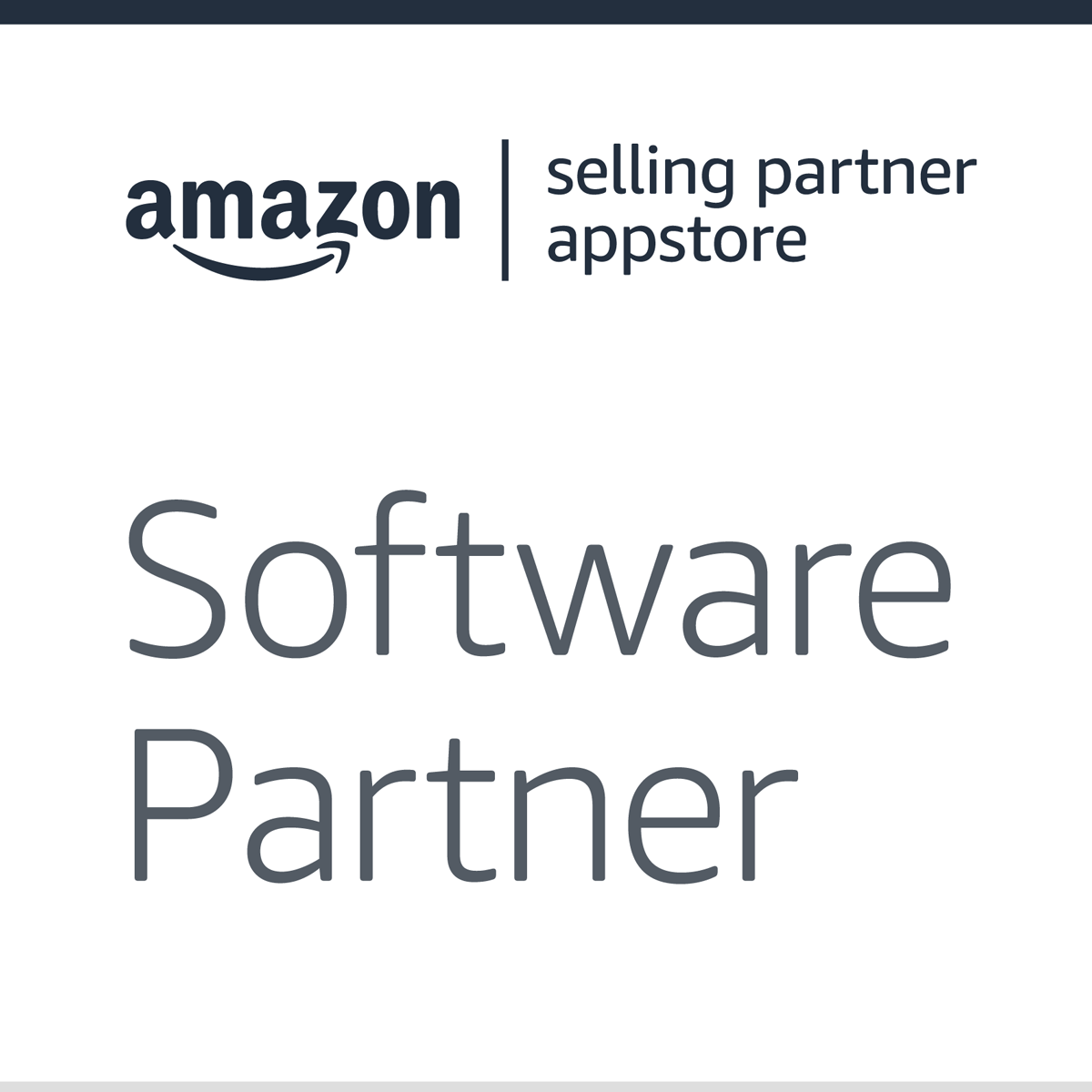Menu
Join Our Email List
- Receive our monthly newsletter.
- Stay up to date on Amazon policies.
- Get tips to grow your business.

Simplify complex Amazon restocking decisions with RestockPro®, an inventory management and insights tool for FBA sellers.
Plan levels are based on the number of FBA orders your Amazon store processes each month. All features are available on every plan level. We like to keep things simple, so there are no hidden costs or charges based on a percentage of sales.
Try RestockPro free for 21 days. No credit card required. Cancel anytime.

Protect your product rankings
Getting low on inventory or going out of stock at FBA can negatively impact your Amazon sales. You may even lose the Buy Box for your product.
Keeping inventory in stock to meet customer demand is the cornerstone of your Amazon business. RestockPro removes the guesswork and spreadsheets from your Amazon inventory management process so you know what to restock and when.

RestockPro analyzes hundreds of data points
Forecasting demand is tough, especially in the Amazon space. RestockPro does the analysis and forecasting for you to make restocking decisions that align with your objectives.
This flexible tool allows you to set FBA restocking rules based on sales velocity, target quantity on hand, coverage available, and other factors. RestockPro centralizes your supplier management, FBA restocking, and estimated margin and cost assumptions.

Timely FBA replenishment
Keeping enough inventory in stock at FBA without overstocking is a fine art. It's also critical for avoiding Amazon's low inventory and aged inventory fees.
RestockPro includes Amazon's suggested minimum inventory level metric and historical days of supply. Quickly identify SKUs that are at risk of being charged the low-inventory-level fee or aged inventory fees so you can act right away.
Check out RestockPro's inventory forecasting features and save time today!
14321 Winter Breeze Drive
Suite 121 Midlothian, VA 23113
Call us: 800-757-6840





Copyright© 2007-2025 eComEngine, LLC. All Rights Reserved. eComEngine®, FeedbackFive®, RestockPro®, and SellerPulse® are trademarks or registered trademarks of eComEngine, LLC. Amazon's trademark is used under license from Amazon.com, Inc. or its affiliates.